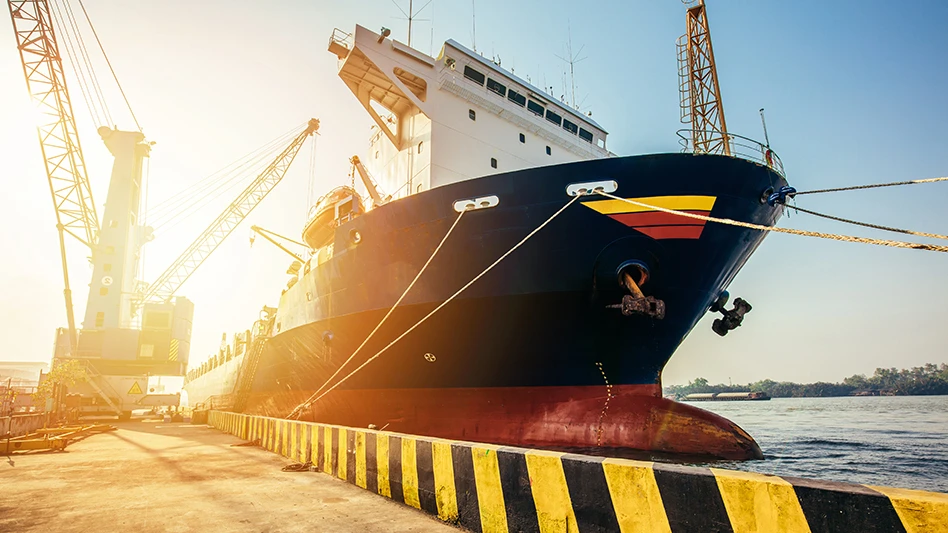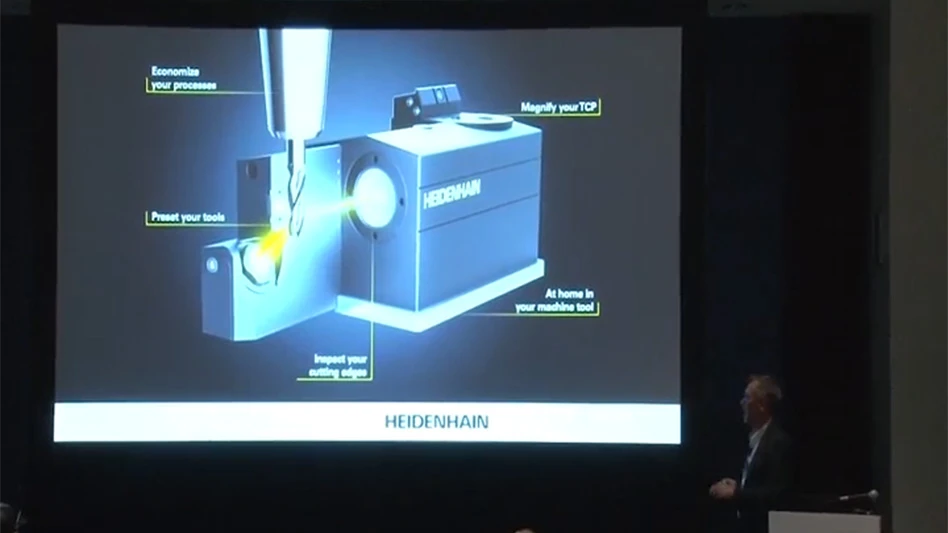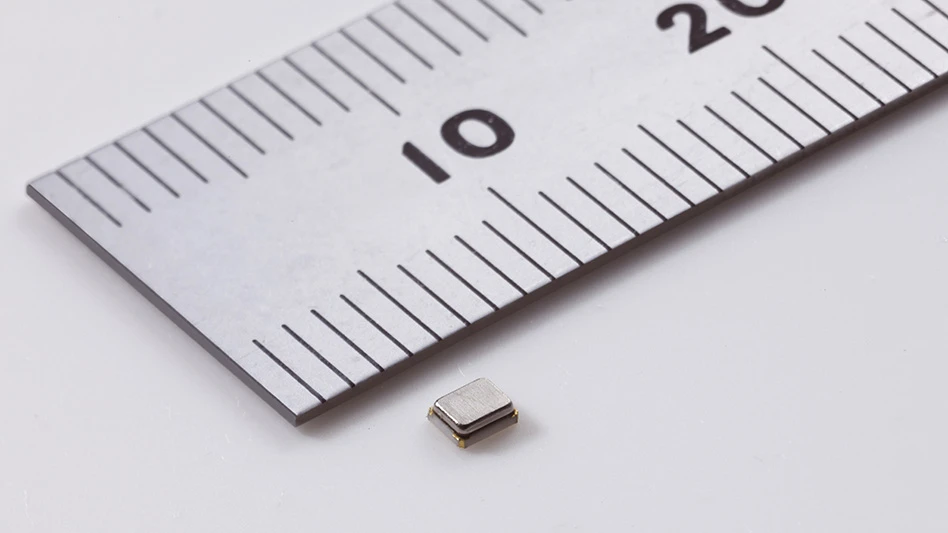
AdobeStock | 323729273
Retrofitting a portion of the U.S. shipping fleet from internal combustion engines to battery-electric systems could significantly reduce greenhouse gas emissions and be largely cost effective by 2035, according to a new study from Berkeley Lab researchers recently published in Nature Energy.
Shipping represents 3% of total U.S. greenhouse gas emissions from transportation, making it an important target for decarbonization. But electrifying ships is more challenging than electrifying cars from both a technical and a market perspective. A ship is a much bigger capital investment than a car and has a lifespan of several decades. While better battery technology in recent years has meant EVs with longer ranges, ships are vastly heavier than cars and can travel very long distances between ports. These heavy weights and long distances have led some to think that electrifying shipping isn’t feasible.
The researchers decided to test that assumption, says Won Young Park, the study’s lead and an energy policy researcher at Berkeley Lab.
“Our analysis includes the feasibility of electrification for 100% of all trips, while also exploring excluding a small percentage of very long single trips, which could be potentially addressed through optimized operations across multiple vessels,” he says. “Declining battery costs coupled with increasing battery energy densities, cleaner grids, optimized vessel operations, and valuing the battery’s second life create a unique electrification opportunity in domestic shipping.”
The researchers analyzed U.S.-flagged ships less than 1,000 gross tonnage, which includes primarily passenger ships and three types of tugboats. They identified 6,323 such ships. Of those, 2,722 had enough data from the Automatic Identification System, an automatic tracking system for vessels, to understand the length and patterns of the trips they made.
Park and his colleagues found that excluding just 1% of the longest trips made electrifying the ships much more feasible, allowing for batteries two-thirds smaller than would be needed for the longest trips. For passenger ships, the size could be reduced by 85%, they found.
How much electrification reduces emissions depends on the carbon intensity of the electricity used for charging. These 6,323 ships contribute 9.5% of the total U.S. domestic shipping emissions, according to the paper. The researchers looked at three scenarios for the carbon intensity of the electrical grid over time. Scenario one was the status quo, scenario two was 95% electricity decarbonization by 2050, and scenario three a more aggressive 95% decarbonization by 2035. Retrofitting these ships could reduce maritime CO2 equivalent emissions by 34-73% in 2035, with the highest reduction reached through the third scenario.
The researchers also looked at how electrifying shipping could be cost effective, meaning that retrofitting to battery electric costs the same or less as operating an equivalent internal combustion engine vessel. For internal combustion engine ships, total cost included fuel, operations and maintenance, and the social cost of CO2 equivalent emissions and air pollution. For the battery-powered ships, total cost included batteries, charging, operations and maintenance, cost for charging infrastructure, the social cost of CO2 equivalent emissions, and the battery’s second-life value at the end of first life. The researchers compared these costs under scenarios again including the percentage of total trips, carbon intensity of the electrical grid, and different cost scenarios for the battery system and charging costs.
In the 95% electricity decarbonization by 2035 scenario, electrifying up to 85% of these ships covering 99% of annual trips would be cost effective in 2035, they found.
The researchers also studied how much charging energy the ships would need for successful electrification. They found about half of the charging needs could be concentrated at 20 U.S. ports.
"The electrification potential is concentrated at relatively few ports, including New York–New Jersey, New Orleans, and Houston,” says Hee Seung Moon, a Berkeley Lab postdoctoral researcher and first author of the paper. “This implies that focusing infrastructure investments on these ports will facilitate vessel electrification."
“Our analysis offers an essential first step in understanding battery-electric shipping options,” Park says. “It lays a foundation for future research and policy development to identify optimal locations for prioritizing battery electrification based on individual ship activity and local grid emissions.”
This research was supported by the Maritime Administration (MARAD) of the U.S. Department of Transportation.
This article originally appeared at Berkeley Lab and was written by Jessica Scully.
Latest from EV Design & Manufacturing
- Fast tracking the development of custom rupture disk prototypes
- EMUGE-FRANKEN expands precision thread gage line
- IMTS 2024 Booth Tour: Fagor Automation Corp.
- How Robotics and Automation are Transforming Manufacturing
- Plug & Charge integration and roaming solution aims to make EV charging more user-friendly
- Automatic tool change solution released for turning centers
- IMTS 2024 Booth Tour: Marubeni Citizen-Cincom, Inc.
- Startup introduces EV battery health measurement system





